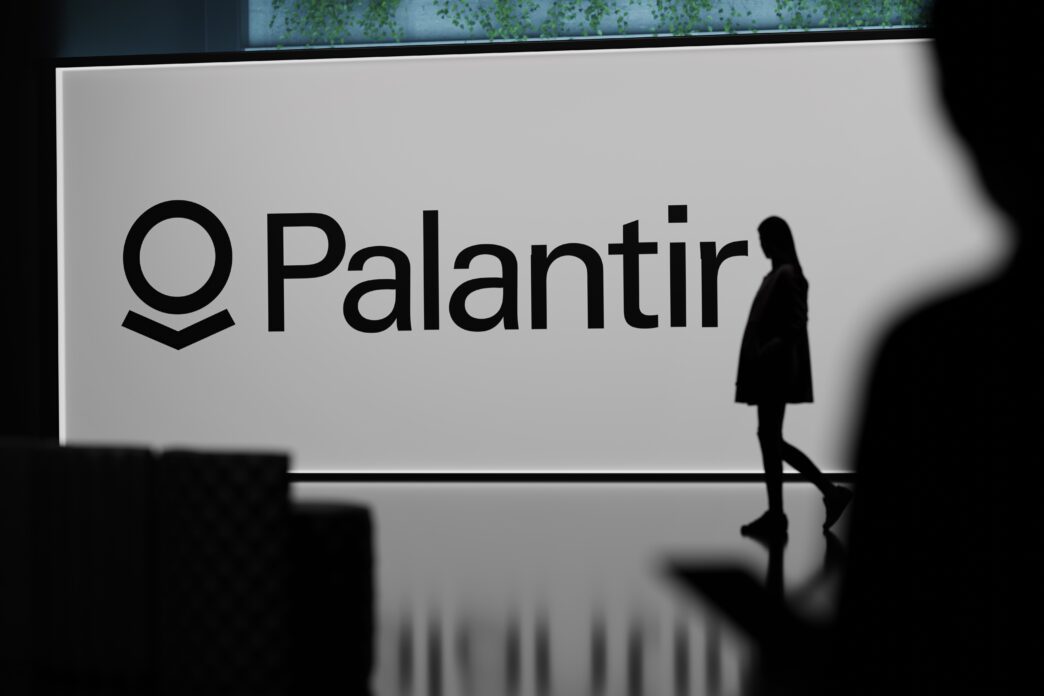Executive Summary
The Story So Far
Why This Matters
Who Thinks What?
Scion Asset Management, led by investor Michael Burry, disclosed a significant position of $1.1 billion in put options against Nvidia and Palantir Technologies stocks in its latest quarterly 13F filing. The revelation has sparked considerable discussion in financial markets, particularly given Burry’s reputation for successfully shorting the market during the 2008 mortgage crisis. However, financial analysts suggest that this move may not necessarily signal a long-term bearish outlook on these companies but rather a short-term tactical play.
Burry’s Portfolio Snapshot
The 13F filings, which mandate funds managing over $100 million in assets to report their holdings quarterly, provide a snapshot of a portfolio at a specific point in time. For actively managed hedge funds like Scion Asset Management, with approximately $1.4 billion in assets, these positions can be highly dynamic and subject to rapid change.
As of the third quarter, Scion’s portfolio comprised eight positions. These included direct ownership in four stocks: Molina Healthcare, Lululemon Athletica, SLM, and Bruker. Additionally, the fund held call options in Pfizer and Halliburton, alongside the notable put options in Nvidia and Palantir.
Interpreting Put Options
Put options grant the buyer the right, but not the obligation, to sell a stock at a specified strike price, typically implying an expectation of a price decline. However, as financial commentators note, such positions in a hedge fund’s portfolio can serve various purposes beyond a straightforward bet against a company’s long-term value.
Hedge funds frequently utilize options for hedging existing positions, generating short-term profits from minor market fluctuations, or capitalizing on anticipated near-term price pressures. The substantial value of Burry’s put options could yield significant returns if the stocks experience even slight declines, regardless of their long-term trajectory. It is also plausible that these options have already been exercised or that Burry’s overall strategy has evolved since the filing date.
Institutional vs. Retail Investing
The strategies employed by institutional investors like Michael Burry often differ fundamentally from those of individual retail investors. Hedge funds operate with different time horizons, risk tolerances, and access to complex financial instruments, frequently making short-term adjustments to their portfolios.
While Burry’s move may suggest an expectation that Nvidia and Palantir were overvalued or due for a near-term correction, it does not necessarily translate into a recommendation for long-term investors to divest from these companies. Observers emphasize that Burry’s approach as a contrarian investor means his strategy may not align with the goals of most individual investors.







